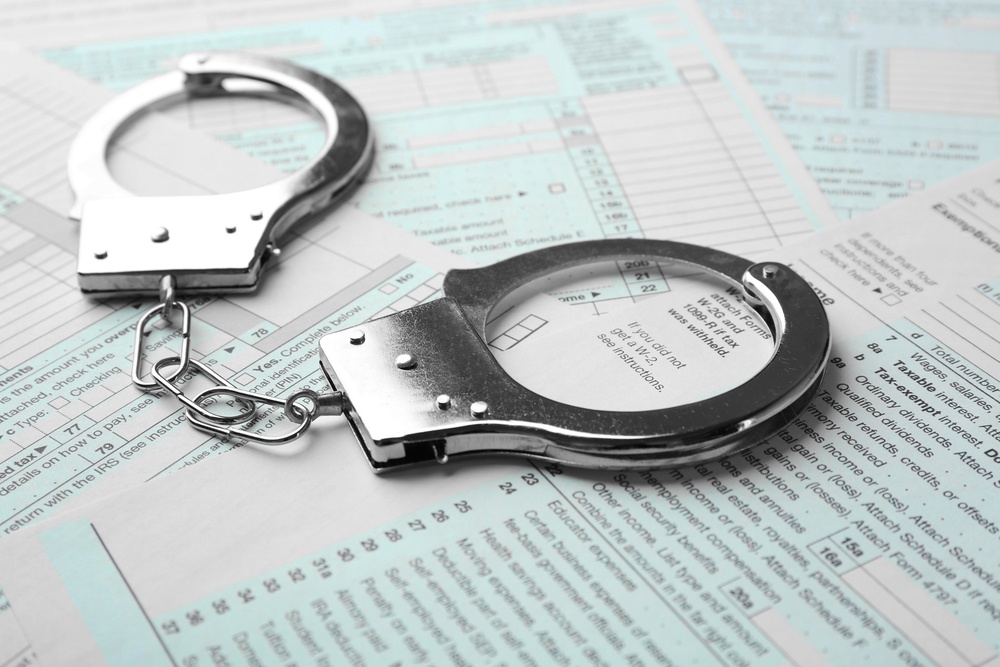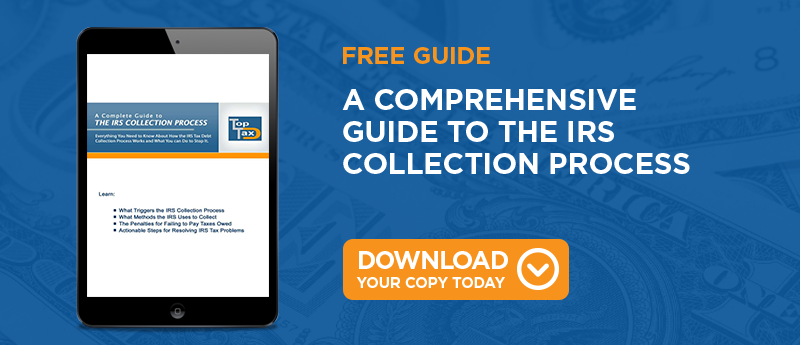
The IRS assesses underpayment penalties for taxpayers who don't pay in enough income tax during the year. This penalty is typically enforced against those who are self-employed or those who don't have enough tax withheld from their pay to cover their assessed tax. If the IRS imposes an underpayment penalty on your account, you'll have to pay in the additional taxes you owe as well as the penalty. Here are six tips you can use for tax help and to learn how to prevent underpayment penalties.
1. Get an idea of how much you'll owe in tax this year.
If your income is relatively the same as last year you can use your last year's federal income tax return to estimate your tax for this year. Stop periodically during the year and look at your paycheck to see if you're keeping up with that estimate. If you're self-employed, make sure you are sending in enough each quarter to keep up with your estimated tax.
2. Take out the deductions and exemptions when you're estimating your tax.
Since deductions and exemptions reduce your overall tax, be sure you subtract them before you arrive at your final estimate. Otherwise, you'll end up having too much deducted or sending in too much along with your quarterly payments.
3. Calculate your estimated tax liability using Form 1040-ES.
Form 1040-ES helps you to correctly estimate your likely income tax liability. Divide the total by four and send in one-fourth with each payment voucher each quarter.
4. Remember to deduct available tax credits.
Unlike deductions and exemptions tax credits not only reduce your tax liability they may also result in a refund. If you're eligible for credits such as the Child Tax Credit or the Earned Income Credit subtract these before estimating your tax.
5. Use your quarterly income as a guide.
If you are self-employed and you need to send in quarterly payments include all of your quarterly income or wages when you're estimating your tax for the year.
6. Find the "safe haven" payment amount to be safe from the underpayment penalty.
According to the IRS regulations you'll be exempt from the underpayment penalty if the amount of your withheld tax equals or is more than your tax from last year. You'll also be safe if you pay in at least 90 percent of the estimated tax you calculated for this year.
An underpayment penalty is one of the few tax penalties you can prepare for. By using these tips and planning for tax time in advance you'll learn how to prevent underpayment penalties.




